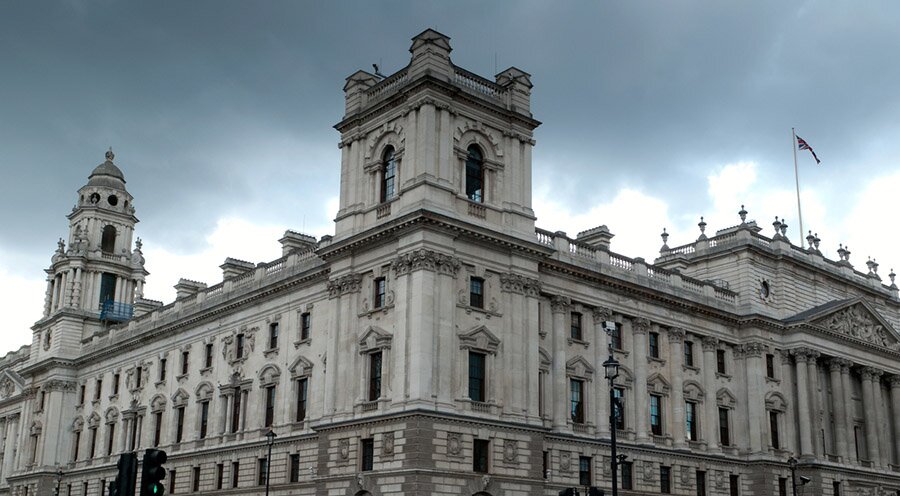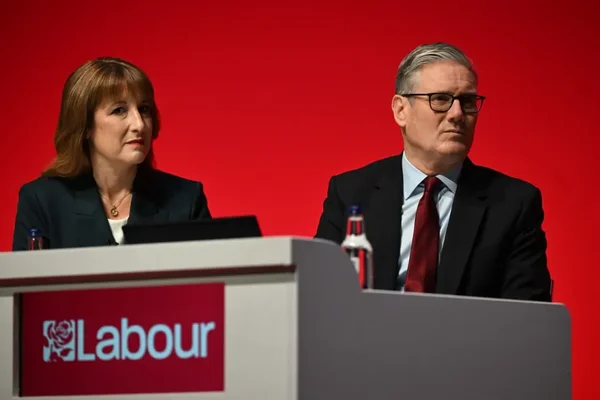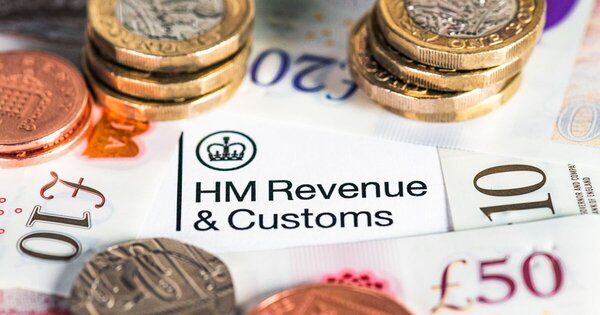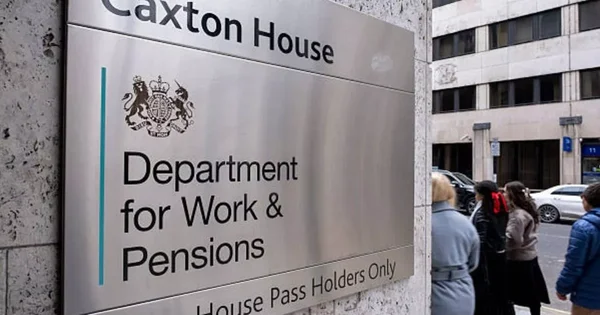HMRC clarifies tax rules on joint savings accounts
Couples who share a joint savings account could face unexpected tax implications if they don’t understand how HMRC treats their interest. While the rules have been in place for years, many savers remain unaware of how joint accounts interact with the Personal Savings Allowance (PSA) and how a simple declaration could reduce their bill.
Financial experts say the issue isn’t about punishment, but about planning. By knowing how the system works and where exceptions apply couples can avoid paying more tax than necessary.
How HMRC splits interest on joint accounts
The default position is simple: HMRC assumes any interest earned on a joint savings account is split equally between the account holders. That means each person is taxed on 50% of the interest, regardless of how much they deposited.
For example, if a joint account pays £1,000 in interest, HMRC allocates £500 to each partner. This is then compared against their Personal Savings Allowance.
HMRC’s default 50/50 split can overlook the real ownership proportions in joint accounts, potentially leading to unexpected tax bills. Couples can better manage their tax liability by understanding what qualifies as “actual beneficial ownership” and planning accordingly. For a deeper dive into how to optimise your tax return and claim allowances effectively, our guide on self-employed tax return help offers practical insights that extend beyond typical joint account scenarios.
Personal Savings Allowance explained
The PSA allows savers to earn a certain amount of interest tax-free each year:
- £1,000 for basic-rate taxpayers (20%)
- £500 for higher-rate taxpayers (40%)
- £0 for additional-rate taxpayers (45%)
On top of this, some low earners may also benefit from the Starting Rate for Savings up to £5,000 of additional tax-free interest if their total income is below certain thresholds. The PSA allows many savers to earn interest tax-free, but knowing your precise tax band can prevent surprise charges. Detailed knowledge of personal tax allowances can empower better financial decisions and tax planning. Our comprehensive resource on how to fill in a self-assessment tax return breaks down allowances and reporting requirements clearly for all taxpayers.
Why equal splits can cost couples more
Equal division doesn’t always work in a household’s favour. Take the case of one partner paying higher-rate tax while the other remains a basic-rate taxpayer. If the higher earner has little or no allowance left, they could face a 40% charge on their share of the interest. Meanwhile, the lower earner may have spare allowance sitting unused.
Financial commentator Laura Suter from AJ Bell explains: “If one half of a couple is a lower earner, and so in a lower tax bracket, it could make sense to move the savings into an account in their name, as any interest that’s taxable will be paid at a lower rate.”

The exception: declaring unequal shares
Married couples and civil partners can go further. If they hold savings in unequal shares for example, 70:30 they can jointly notify HMRC of this split by submitting a Form 17 declaration within 60 days. HMRC will then tax each partner on their actual share of the interest, rather than the default 50:50.
This option can be particularly useful where one partner has spare PSA capacity or qualifies for the Starting Rate for Savings.Married couples and civil partners who hold joint savings in proportions other than 50:50 can notify HMRC by submitting Form 17, ensuring tax is fairly allocated according to actual beneficial ownership. This legal option can lead to significant tax savings but must be actioned within strict timelines. For official details and to access Form 17, visit HMRC’s dedicated page on joint savings accounts and tax treatmen
Why this matters now
With interest rates higher than they’ve been in a decade, many savers are finally earning more on their accounts but that also means more people are brushing up against their PSA limits. Tax on savings, once rare for many households, is becoming a reality again.
This isn’t about a sudden HMRC crackdown. There is no evidence of warning letters being sent en masse about joint account interest. Instead, the focus is on awareness: making sure couples know the rules and take action where they can.
Ways to reduce the tax bill
Couples looking to make the most of their savings could
- Review their accounts annually to check how much interest is taxable.
- Shift savings into the name of the lower earner, if that person has unused allowance.
- Submit a Form 17 to declare actual beneficial ownership if joint holdings aren’t equal.
- Use ISAs, where interest is always tax-free and doesn’t count towards the PSA.
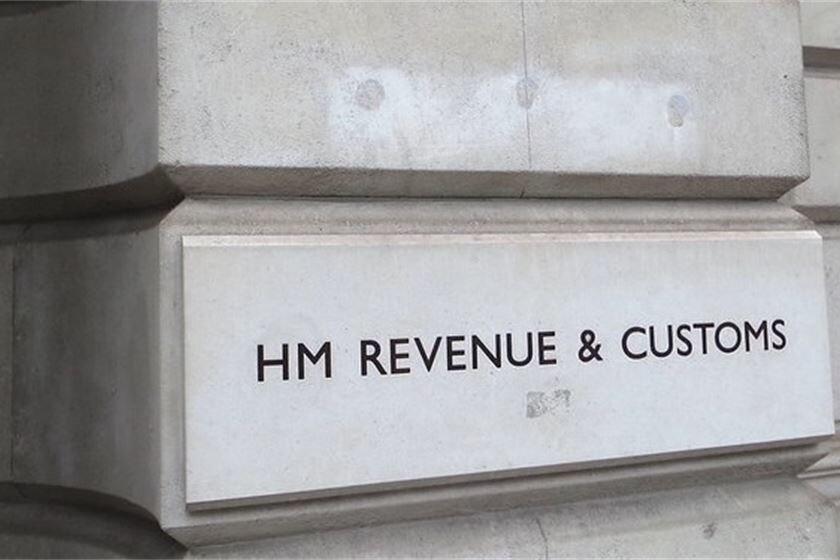
Final Summary
HMRC rules split joint interest 50/50.
Joint savings accounts are convenient, but HMRC’s default approach doesn’t always suit couples’ real-life finances. With allowances frozen and savings rates higher, understanding how interest is taxed has never been more important. For married couples and civil partners, the ability to declare unequal ownership gives extra flexibility. For everyone, ISAs remain the simplest way to shield savings from tax entirely.
The key takeaway: don’t assume joint means fair when it comes to HMRC. A little planning could make a meaningful difference to your household’s tax bill.
